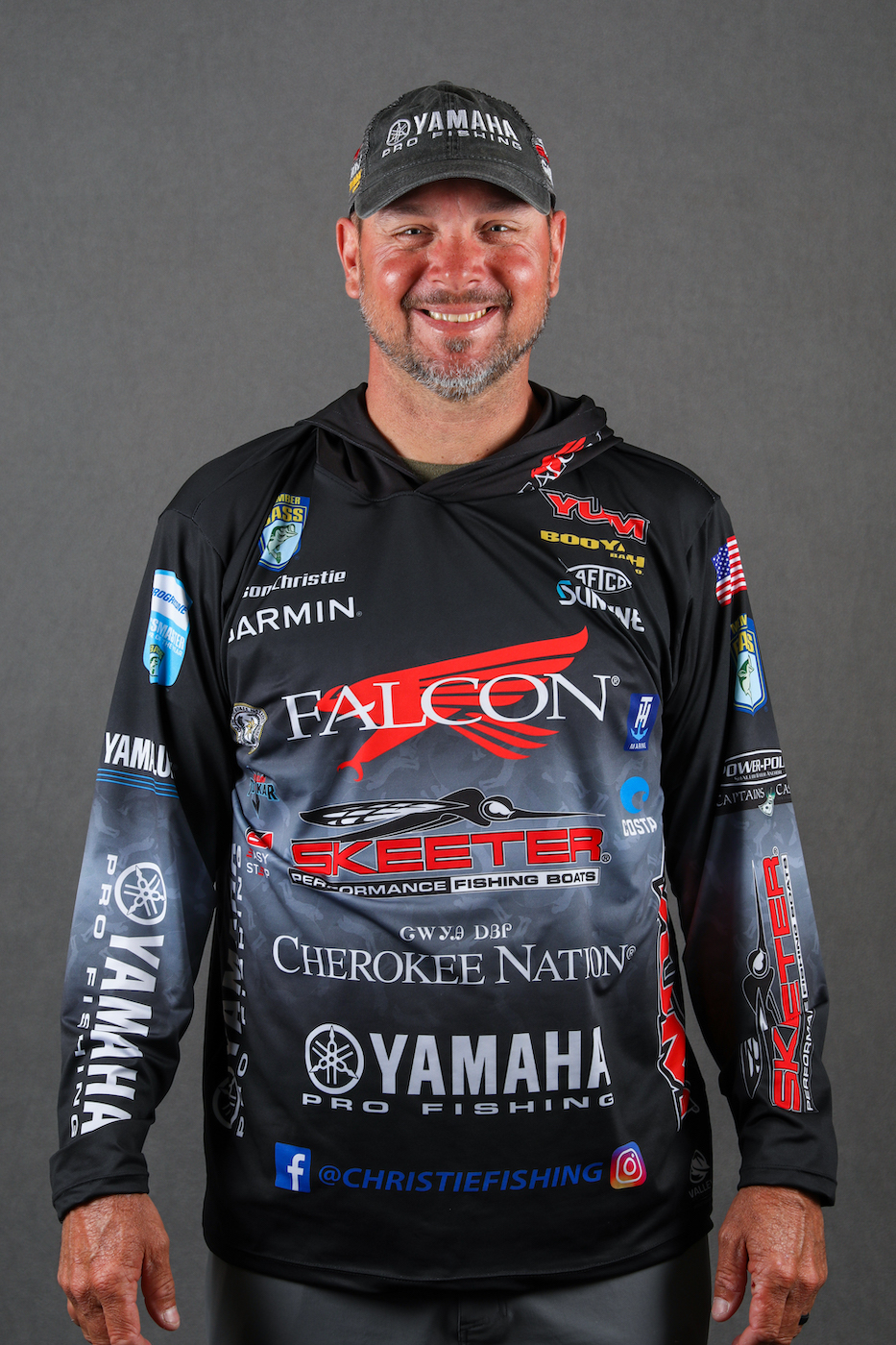As I’m getting everything ready for the Toyota Bassmaster Angler of the Year Championship set for Sturgeon Bay, Sept. 17-20, I’m starting to feel a little fall in the air. That means cooler weather is just around the corner and that’s going to bring one of the most exciting times of the year for bass fishing.
We’re starting to get into a transition when the fish are moving from a routine where they spend their days holding around structure, to a pattern of chasing bait. The fish know they’re going to have to fatten up for winter, so fall triggers them to feed aggressively.
This is a really active time of year because it’s all about the bait, and those baitfish are constantly moving. Some days they’ll be up shallow; some days they’ll be deep; some days they’ll be high in the water column. They just move around.
This time of year it’s hard to consistently catch them on deep ledges. You might catch them one day, but the next day you pull up there and you don’t get a bite. It’s the same thing up shallow.
Now what makes this such a fun time of year is the potential for schooling activity. When fish come up busting, they’re obviously feeding but these opportunities can come and go quickly.
I like to stay ready for this schooling activity by keeping a few particular baits on my deck this time of year.
Topwater
First and foremost is a One Knocker spook in the Lemon Shad color. When you see them schooling or chasing, this topwater presentation is almost always going to get their attention.
I always have this bait lying on my front deck. I may only make 10 casts with it a day, but the time it takes you to pull that rod out of the rod locker, or tie on a topwater, is time that you’ve wasted.
When they come to the top, they’re easiest to see, but once they’re done, they kinda get a little harder to catch.
You’ll often see them breaking, but you have to keep an eye out for the birds. When you’re a farther distance away, you may not be able to see them breaking, but if you see birds diving, you know that the bass are driving baitfish to the surface.
If I’m fishing and I see birds diving, I’ll pull up the trolling motor and take off immediately. You might run over there and not get a bite; you might not see anything. But you also might run over there and spend an hour where you catch one on every cast.
Crankbait
My next pick would be a Bandit 200. It’s a smaller size bait that will get a lot of bites and allow you to cover a lot of water. I also like this bait’s tight action, which is good for medium to clear water. And the Bandit’s colors are realistic, so if you get in that gin clear water, the bait has a convincing appearance.
I’m going to fish that Bandit 200 on windy banks, and I’m going to reel it very fast. This time of year, it seems like more speed equals more bites – especially when you’re fishing for smallmouth.
I can fish quickly and cover the water, and if I hit a stretch where I catch a few on a crankbait, I can always turn around and fish it with something a little bit slower like a jig or a Texas-rigged YUM Bad Mama.
Spinnerbait
A 1/2- to 3/4-ounce Booyah Spinnerbait is a great bait for this transitional season. The 1/2-ounce size is something I’ll throw down the side of docks, around laydowns – just shallow water fishing.
I’ll keep the 3/4-ounce spinnerbait tied on for when I need to burn a bait (reeling it at high speed) maybe a foot or less under the water. This can be a very productive presentation whenever I’m around bait, but the fish aren’t busting on top.
The fish are aggressive, but since they’ll be running around trying to catch those shad, you’ll get a lot of short strikes. That’s why I always use a trailer hook this time of year.
The key for me is to make the longest casts possible and cover a lot of water. I’ve caught some really nice fish doing this. It’s a really deadly technique for spotted bass and smallmouth bass, but I catch plenty of largemouth on it too.
I throw the spinnerbait more in windy conditions, but if there’s not as much wind I throw the crankbait. In any case, this time of year it’s about covering a lot of water and finding those feeding fish.





